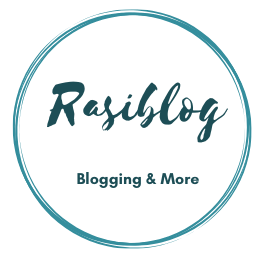Navigating Bias in AI Hiring: Challenges, Strategies, and Paths Forward
“Can bias truly be banished from AI hiring?” This question encapsulates a complex and critical issue at the intersection of technology, ethics, and human resources. The integration of Artificial Intelligence (AI) into hiring processes promises efficiency, objectivity, and fairness. However, concerns persist regarding the potential for AI systems to perpetuate or even exacerbate biases present in society. To delve into this topic, let’s explore the current landscape of AI hiring, the challenges of bias mitigation, and potential avenues for progress.
AI has revolutionized various aspects of recruitment, offering tools for resume screening, candidate matching, and even automated interviewing. Proponents argue that AI can reduce human biases by relying on data-driven algorithms rather than subjective human judgment. By analyzing vast datasets, AI systems claim to identify the most qualified candidates based solely on their merits, regardless of demographic factors.
However, the reality is more nuanced. AI algorithms are trained on historical data, which may reflect existing biases present in society. For example, if past hiring decisions favored certain demographics over others, AI systems trained on this data may inadvertently perpetuate those biases. This phenomenon is often referred to as “algorithmic bias.”
Moreover, the design and implementation of AI systems themselves can introduce biases. Biased training data, flawed algorithms, or inadequate oversight during development can all lead to discriminatory outcomes. Additionally, the lack of diversity in the tech industry, where AI systems are created, further compounds the issue.
To address these challenges, researchers and practitioners are exploring various strategies for bias mitigation in AI hiring. One approach involves auditing AI algorithms to identify and mitigate biases systematically. This process may involve examining training data, evaluating algorithmic decision-making processes, and implementing corrective measures.
Another strategy focuses on increasing transparency and accountability in AI systems. Employers and AI developers are encouraged to disclose the use of AI in hiring processes, explain how algorithms make decisions, and provide avenues for recourse if bias is suspected. Transparency can empower candidates to understand and challenge algorithmic decisions.
Furthermore, ongoing monitoring and evaluation of AI systems are essential to ensure fairness and effectiveness. Regular audits, feedback mechanisms, and diverse stakeholder engagement can help identify and rectify biases as they arise. Additionally, incorporating diverse perspectives and expertise into AI development teams can mitigate blind spots and improve algorithmic fairness.
Beyond technical solutions, addressing bias in AI hiring requires broader societal changes. This includes addressing systemic inequities, promoting diversity and inclusion in the workplace, and fostering ethical awareness among AI developers and employers. Collaborative efforts from policymakers, industry leaders, researchers, and advocacy groups are needed to create an ecosystem that prioritizes fairness and equity in hiring practices.
In conclusion, while AI holds immense potential to transform hiring processes, the question of whether bias can truly be banished from AI hiring remains unanswered. While challenges persist, concerted efforts to mitigate bias, increase transparency, and promote diversity offer hope for progress. Ultimately, achieving fairness and equity in AI hiring will require a multifaceted approach that addresses technical, social, and ethical dimensions.



